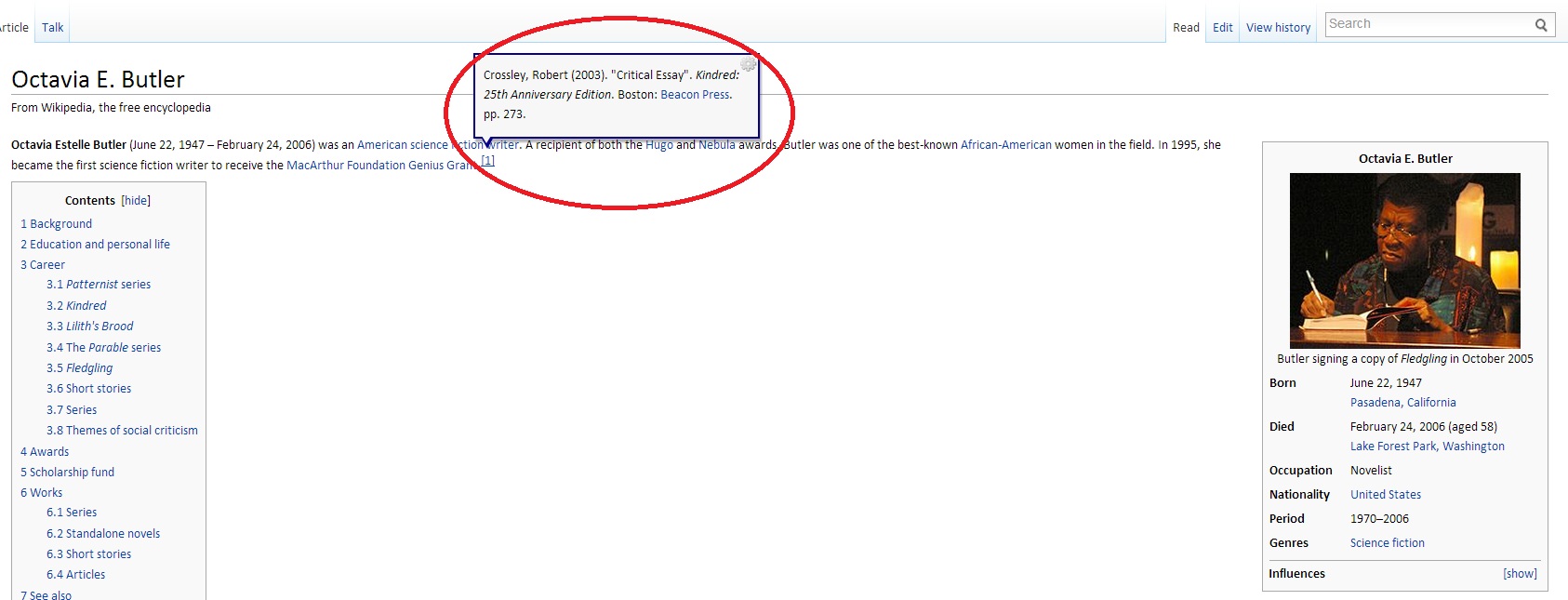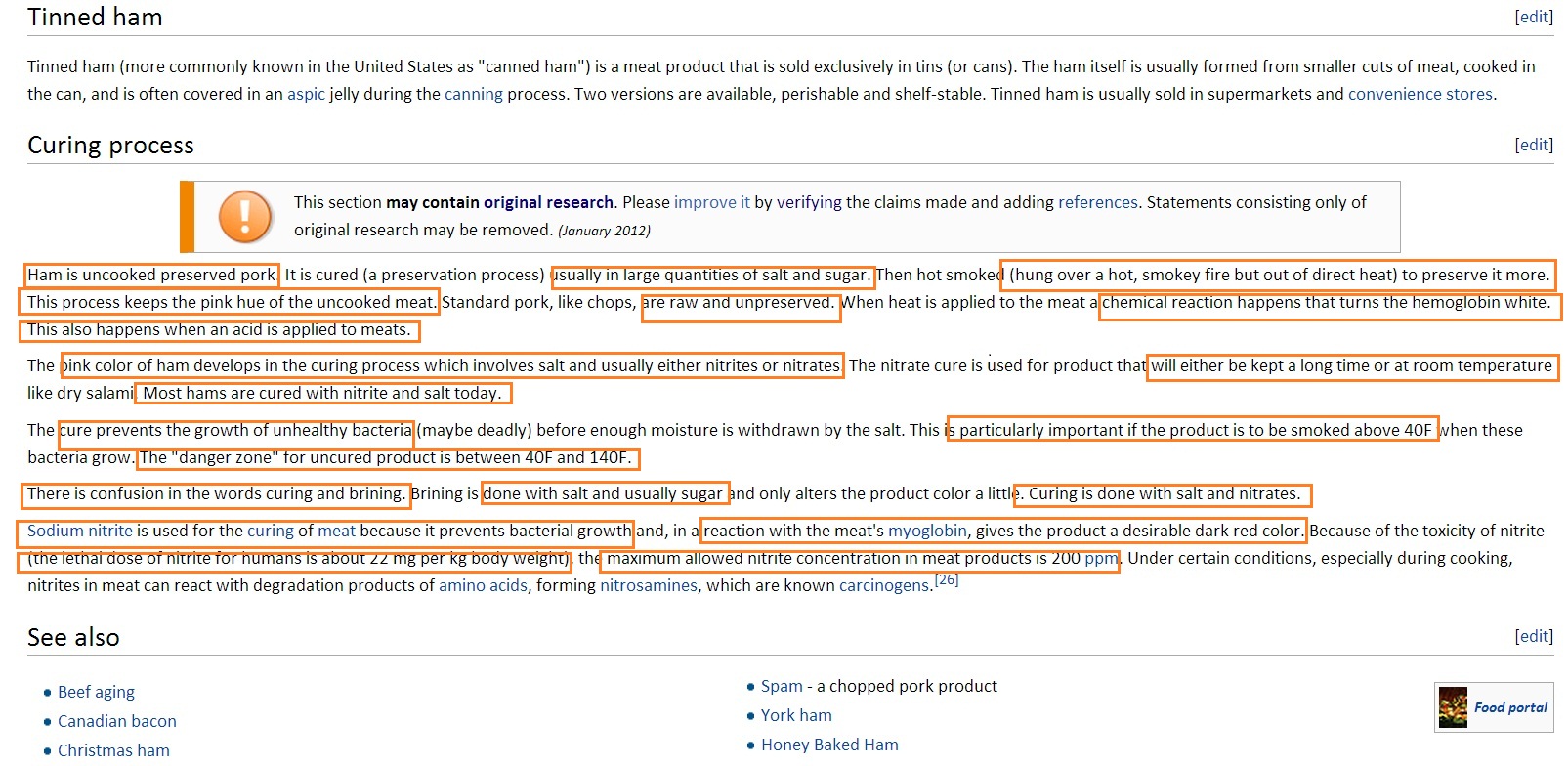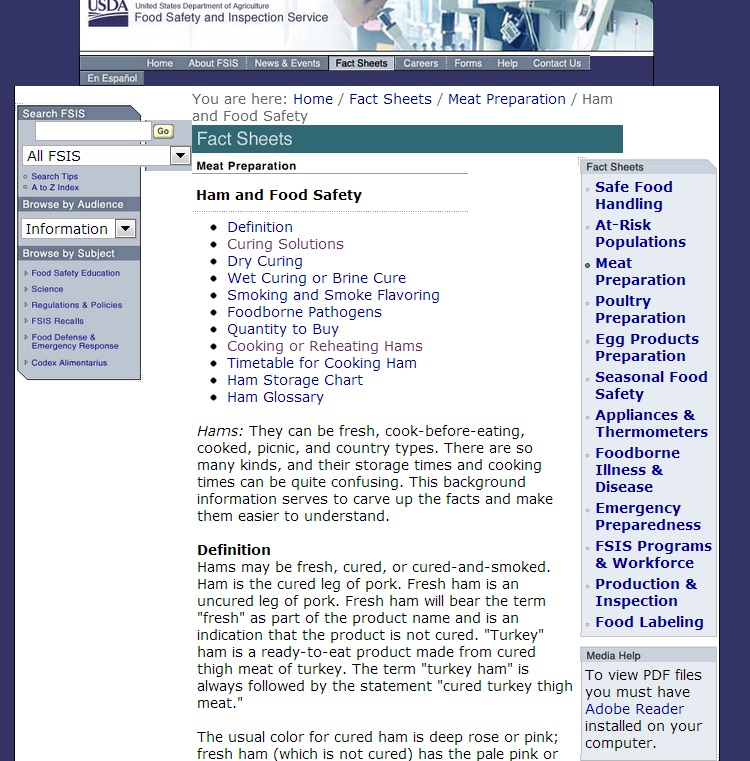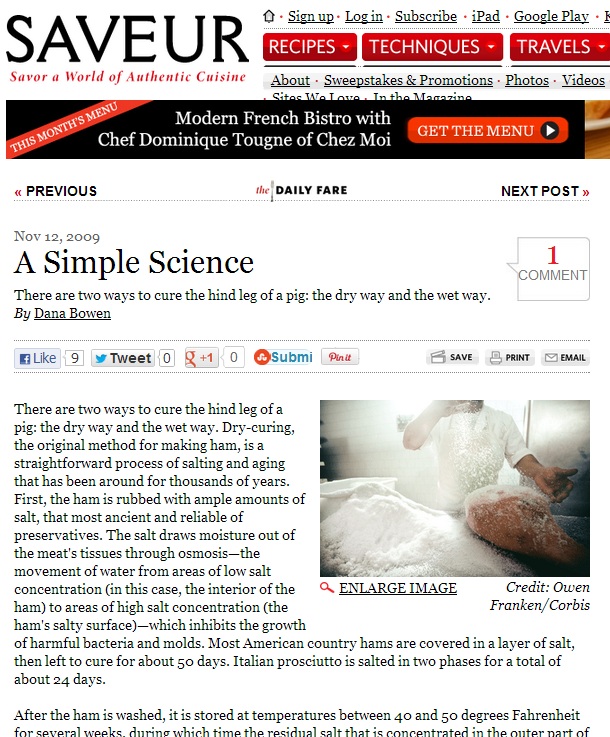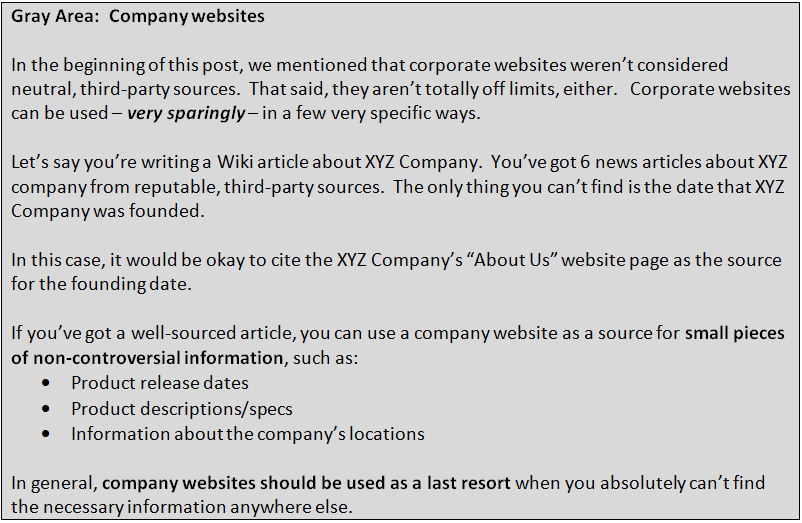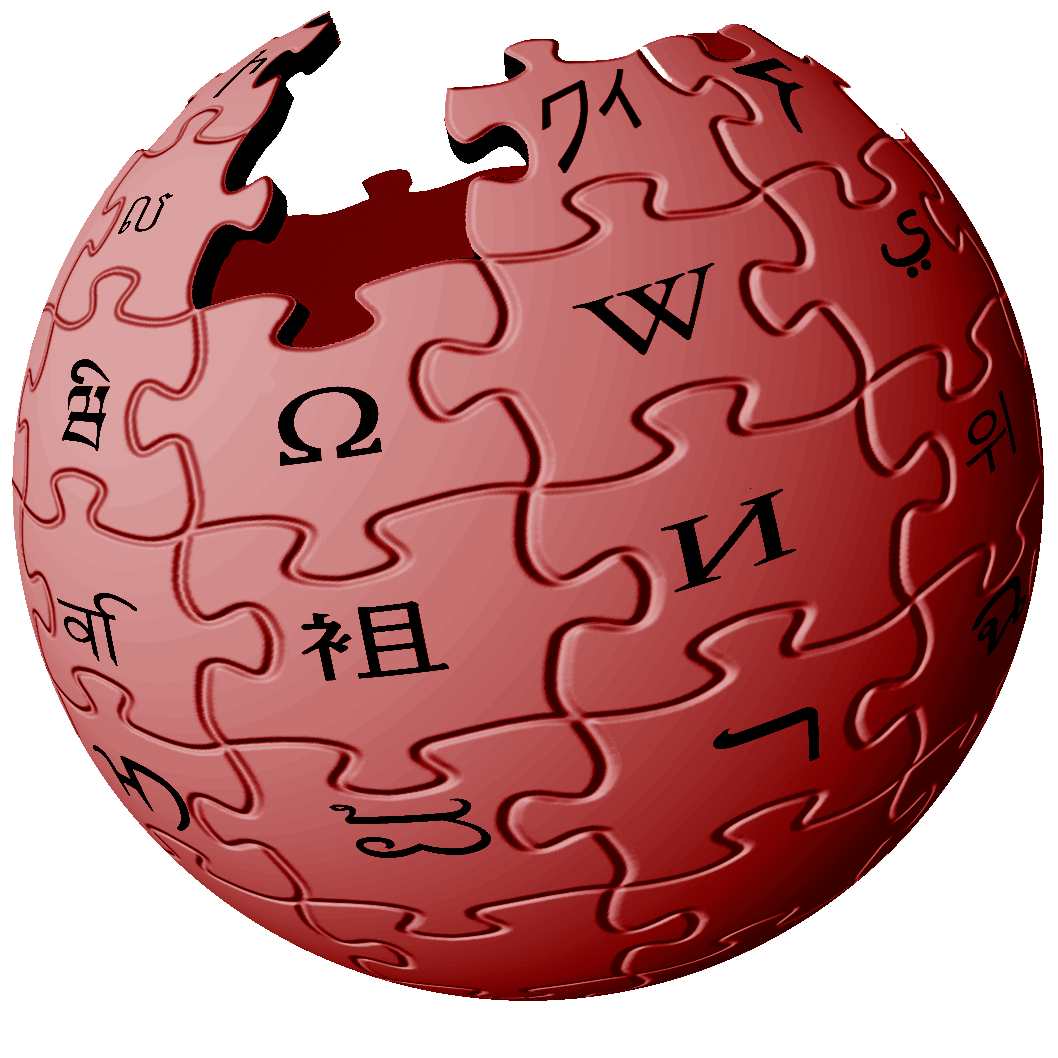Tag: Hospitality & Travel
Diminishing brand loyalty and the rise of private booking sites such as Airbnb increase competition and further challenge price points. At the same time, millennials are traveling more frequently than previous generations and global travel expenditures continue to climb – in fact, the global travel market is expected to top $11 trillion within the next decade.

So how do you ensure your piece of the pie is preserved and expanded?
You guessed it: Content. Lots of it.
The Writers For Hire can also help you unify the divergent voices that often emerge when building a complex travel site. Instead of using a team of freelancers – each with their own objective and style – to cobble together website content, you can trust our team of writers and editors to present a unified voice and vision for all content on your site.
A Cohesive Voice
Our award-winning project management system means efficiency, quick turnaround time, and the ability to take on complex long-term and last-minute projects. Pair that with a great writing team and a senior editor who ensures all copy adheres to your branding standards, and you’ve got the recipe for high-quality, high-volume content.
Industry Experience
Our writing team has extensive travel writing experience, including major newspapers, magazines, websites, blogs, and virtual tourism scripts. Many of our writers have journalism or communications degrees and have written for travel clients both in the U.S. and abroad.
If the nuances of describing your destination require a personal visit, our writers are available for onsite visits all over the world.
Example Projects
What types of writing projects do you do for the travel industry?
Website Content
Whether you need 20 pages or 2,000, whether you are a single boutique destination or a content-hungry travel agency, consider The Writers For Hire for soup-to-nuts website planning and content creation.
Blogs and Social
Need someone to do the heavy lifting for your digital marketing strategy? Social media engagement, destination reviews, travel tips, blogs, blogs, and more blogs.
Advertorials
Our team of full-time, experienced copywriters has written feature-length reviews and advertorials for a variety of hotels, resorts, vineyards, and vacation spots around the U.S. and abroad.
Press Kits
We make it easy for travel journalists to give your location ample coverage. Crisply written press releases promote newsworthy aspects of your locale, and detailed press kits showcase your key features.
Blogs and Social
Instant communications do your work for you. Highlight current franchisee successes. Support newcomers with tutorials solving common dilemmas. Share common culture and core values.
Corporate Website Writers
Our talented writing team has written numerous travel pieces for a vast array of companies, including:
- Sundance Resort, Utah
- Bernardus Lodge, Carmel Valley
- Post Ranch Inn, Big Sur
- Kenwood Inn & Spa, Sonoma Valley
- Calistoga Ranch, Calistoga
- Cap Cana, Dominican Republic
- Ventana, Big Sur
- Triple Creek Ranch, Montana
- Madinat Jumeirah, Dubai
- Turtle Island, Fiji
- Bernardus Lodge, Carmel Valley
- Four Seasons Resort – Costa Rica, Thailand and Bali
Request A Quote
or
Call 713-465-6860
Crafting Tourism Industry Content
By Jennifer Babisak
The award-winning television drama “Mad Men” fed viewers much more than a weekly dose of suspense and eye-candy. Though the focus sometimes drifted more to Don Draper’s sexcapades than his creative mind, the show still gave an intriguing peek into the inner workings of an advertising agency.
The Art of Emotional Appeal
The tourism industry would do well to pay attention to some of the marketing strategies that Sterling Cooper Draper Price employed during the show’s seven seasons. For instance, Don was a master of crafting emotional appeal. “This device isn’t a spaceship, it’s a time machine,” he said of a Kodak slide projector, “It’s called a carousel. It lets us travel the way a child travels, around and around and back home again to a place where we know we are loved.”
The efficacy of such emotional appeal applies to much more than slide projectors. Emotive appeals work particularly well in the tourism industry, where destinations have spun their wheels with straightforward marketing techniques, targeting consumers’ rational purchasing-power, for far too long.
Vacation Time and Stress-Management
Americans have a track-record of exceedingly poor stress management. In addition to financial and health stressors, the widespread use of smartphones has brought twenty-four hour workplace connectivity and an unending barrage of horrific news headlines. You would think a chronic stressful lifestyle would send employees running for the hills come vacation time. But a recent Harris Interactive survey presented the startling finding that American employees only use 51% of their eligible paid vacation time and paid time off.
Yes, you read that correctly. Chronically stressed employees are leaving vacation time sitting on the shelf. They want vacations, need vacations, and have the means to take vacations. All that lacks is an effective tourism industry appeal, motivating enough to cause Americans to break through their fog of stress and take the action of booking a vacation.
And guess what? Bulleted lists reciting a destination’s most recent million-dollar renovations won’t spur the apathetic consumer to action. What these potential tourists- ripe for the persuading- need is carefully constructed marketing content brimming with emotional appeal.
“
Emotional Content Standouts
Major destinations are waking up to the value of using emotional appeal in marketing campaigns. Most notably, Las Vegas employed the incredibly successful tagline, “What happens in Vegas, stays in Vegas,” refining its image as a hedonistic escape from the boundaries of daily life.
 And the longest running tourism campaign in history, “Virginia is for Lovers,” began back in 1969. In the ensuing years, Virginia has capitalized on the marketing value of those words- posturing itself as a romantic getaway filled with warmth and charm.
And the longest running tourism campaign in history, “Virginia is for Lovers,” began back in 1969. In the ensuing years, Virginia has capitalized on the marketing value of those words- posturing itself as a romantic getaway filled with warmth and charm.
But emotive content goes beyond concise taglines. The New Orleans Convention and Visitors Bureau recently launched a campaign to commemorate the 10th anniversary of Hurricane Katrina. The CVB sent out an emotionally-charged series of e-mails, thanking travel industry professionals for their coverage of the city and highlighting its advances in the decade since Katrina.
The president of the CVB kicked off the campaign with an e-mail containing this message: , “So as we look back at what happened here 10 years ago, we want to give thanks to all of you who took us in when we had no place to go, helped us tell our story when we had no voice, helped us rebuild our homes and our city from ruin, celebrated our victories, showcased to the world what makes our city so special, and those of you who simply came to be our guests as we put the pieces back together. In the next nine days leading up to the 10th anniversary of Katrina, we will be sending you a short video, showcasing some of the improved aspects of New Orleans.”
Tugs at the heartstrings, right? And it creates, or renews, an emotional attachment to the city, drawing visitors in more than a simple list of “improved aspects” ever could. Note in his message where he thanks writers who “helped us tell our story.” That’s the goal of effective emotionally driven tourism content– telling the unique story of a destination.
Finding the Right Words
So how do you find the magical, emotive words that will lure droves of tourists to your destination? It’s actually a combination of careful research- discovering where your intended audience and your unique offerings intersect- along with meticulously crafted written content:
- Evaluate where your revenue lags. Do you need to boost business during the week or on weekends? During peak times or off-season? Having a concrete goal in mind will help you focus on the proper audience.
- Pinpoint your ideal tourist. Based on your revenue assessment, you should know whether you’re looking to attract more mid-week business travelers, family weekenders, or retired snowbirds. Familiarize yourself with the profile of your intended audience.
- Discover the desires of your audience. What motivates these people to travel? Are they seeking escape, adventure, serenity, or relaxation? Hone in on a specific emotional motivation.
- Review the offerings of your destination, searching for particular experiences that will appeal to your audience’s emotions. You don’t have to highlight your destination’s entire range- specific and well-defined focus on an emotionally appealing experience is in order.
- Carefully craft your content, highlighting your chosen experiences in a fashion likely to appeal to your chosen audience. Take care to tailor your writing style to the vernacular of your audience. Genteel retirees aren’t likely to respond well to copy littered with hipster slang, while millennials magnetize to key-words tailored to their generation.
- Maintain consistency across all modes of communication. Don’t cast your destination in one light on Facebook while presenting a different image in print brochures. Find your identity, articulate it well, and stay true to your message.
Such a strategy holds great potential for payoff. After all, the travel and tourism industry has an annual economic impact of around $6.5 trillion U.S. dollars, worldwide. And a Choice Hotels International survey found that Americans plan to spend 8% more on leisure travel and 5% more per trip in 2015 than they did the previous year.
With carefully-crafted, emotionally-driven content, you can ensure that a good chunk of those $6.5 trillion dollars lands squarely on your destination’s doorstep.
Everything About Wikipedia, Part 3: Sources
As you probably remember from our last post, Wikipedia eligibility is (mostly) based on the answers to two important questions:
Question 1: Is your topic notable?
Question 2: Has your topic received significant coverage by neutral, reputable third-party sources?
Last week, we took an in-depth look at notability. This week, we’re going to discuss sources.
What is a “Third-Party” Source?
A third-party source is a source that is not directly related to you, your company, or your product.
Although there’s no hard-and-fast rule about how many sources are required for a Wikipedia article, it’s a good idea to find as many as possible to create your article. If you can’t find any third-party sources to use, your topic is not appropriate for Wikipedia.
This is not our rule. It’s Wikipedia’s. Check out the text in the red box below:
In other words: no sources = no article.
What is “Citing a Source”?
Citing a source is basically just a way of saying, “Hey, I didn’t make this stuff up. I can prove it. If you want to verify it for yourself, you can check out this article/magazine/book.” Sources and citations help keep the Wiki community honest.
What should you cite when writing a Wikipedia article? Pretty much everything that’s not common/general knowledge: facts, figures, dates, quotes – you name it.
Here’s an example of a Wikipedia citation:
Here’s another:

Avoiding “Original Research”
The Wikipedia community is very strict about the use of reliable third-party sources. Wikipedia is also very strict about its role as a repository of existing information – meaning, information, statistics, and facts that have been documented and written by third-party sources.
What does this mean for you? Well, if you use a fact and you can’t cite it, Wikipedia will flag that fact as “original research.” If you want your fact to “stick,” you’ll need to attribute that fact to a third-party source. And if you can’t attribute a fact to a third-party source, you shouldn’t put it on Wikipedia – even if you know it’s true.
Wiki articles that don’t have sources end up “flagged” by Wikipedia editors.
Let’s look at a couple of examples.
Example 1: Needs Citations
The screenshot below is from the “Home video” section of the Wikipedia entry on the 1985 movie “The Goonies.” Note that there’s a little “needs additional citations” icon at the top of the section. This is because there’s only one source cited on the entire page. We’ve put blue boxes around the information that should probably be cited:
None of the information in blue is particularly controversial or contentious – which is probably why this section isn’t flagged for “original research.” All this needs is a couple of good sources that tell us when the different home video versions of the movie were released.
Example 2: Original Research
Below is a section from the Wikipedia page about ham. In this case, the section has been flagged for containing original research.
There’s only one source cited in this entire section (it’s at the very end) – but nearly every sentence contains a claim that should be cited. Again, we’ve put boxes around all of the facts that should be cited:
This section makes all kinds of claims about food safety and processes – and almost none of the “facts” presented here are cited. Even if the statements in the orange boxes are true, they still need to be cited – otherwise the entire section may be deleted from the article.
“
How to Find Sources
Let’s say you want to improve the above section about ham to ensure that it doesn’t get removed from the page. How do you find sources to cite? Well, for starters, you could try a quick Google search on “ham curing process”:
The first result that comes up is the USDA’s page on food safety. And, if you click on the link, you’ll find tons of facts about the curing process:
A Google search also turns up a few magazine articles on the subject. Like this one:
Both the USDA website and the Saveur magazine article are appropriate sources for a Wikipedia article. And those are just two examples – there are tons of places to look for information about a topic like food safety. The sources are out there.
Wikipedia Sources: The Essentials
Let’s sum up what we’ve learned about sources:
- All Wikipedia articles must be based on existing information from neutral, third-party sources such as magazines, newspapers, or government websites.
- Every fact, date, conclusion, and quote in a Wiki article must be cited.
- Wiki articles without citations may be flagged for lack of sources and/or “original research.”
- A Google search is a good way to find sources.
- Company websites can be used – sparingly – as long as you rely primarily on good, neutral third-party sources.
That’s it for sources.
Coming up next: Neutrality and Wiki
What Makes A Good Wikipedia Topic?
Before you rush to start a new Wikipedia article, there are a couple of things to consider.
Wikipedia has a huge gamut of guidelines for writing, uploading, and editing Wiki articles. But before you begin any of those tasks, you first need to know what types of subjects are appropriate for Wikipedia.
Wikipedia’s notability policy lays out the guidelines for good Wiki subjects. All articles must be “worthy of notice” – though that doesn’t necessarily depend on fame, importance, or popularity.
Notability for a person, product, business, group, or organization can be defined in a lot of ways: historical significance, geographical reach, uniqueness in the market, consumer interest, and cultural significance, to name a few. There are no hard and fast rules as to what qualifies a subject as “notable” enough for Wikipedia. However, there are some rules that govern what isn’t acceptable for a Wikipedia article.
A good Wikipedia editor or consultant can help you determine if your article idea is appropriate for a Wikipedia entry.
Inappropriate Wikipedia topics:
- Your original research. Only proven facts or commonly accepted theories on Wikipedia, folks. Save the research for journals.
- Up-and-comers. Wikipedia is for business/products/people that have already achieved a certain level of success, not those that are still working to achieve notable successs.
- Small businesses. Hate to say it, but your business needs to be of some type of significance — a regional, national or international reach, very unique product, or of historical interest — to have a place on Wikipedia. Think PetCo and Shell versus Sasha’s Pet Emporium and Al’s Quik Stop.
- Your website, your blog, your family history, a book or instruction manual you wrote. It’s tricky saying what I just said, because there is a certain amount of subjectivity related to notability. If your website, blog, family history, or book does pass the relevance test, then Wikipedia is for you. But for most of us folks, it doesn’t apply. So, if your website or blog has demonstrated influence (like Snopes.com or Instapundit, one of the most popular political blogs), your family history is culturally or historically relevant (say, your last name is Kennedy or Tudor), or your book has actually been published and sold, you’re good to go.
- Regular folks. You’ve been a successful doctor all your life, active member of your local Rotary club, a significant donor to your alma mater, and a loving parent. While that’s certainly notable in my book, you might not pass Wiki’s standards. Wikipedia has special guidelines regarding notable people, and in general a person has to a) be the subject of a published article, b) receive a significant award or honor, or c) be a widely recognized contributor “of enduring historical record in his or her specific field.” Pass any of those criteria and you’re gold.
So, what are appropriate topics for Wikipedia? I couldn’t begin to even list them … but I’ll try:
- You – if you’re notable. Former and current Olympians, published authors, CEOs, musicians and bands, rodeo champions, city mayors, academics, athletes, creative types, diplomats – the list could go on forever. But if you’re notable in a particular field, chances are there’s a space for your bio on Wikipedia.
- Your product – if it’s notable. Do you make the first or only kind or some sort of product? Does your technology revolutionize an industry? If you can demonstrate to others that your product is notable, go for it.
- Your business – if its notable. Again, are you the only company in a particular field, or a national/multinational corporation that wants some additional Web space? Consider adding your company to Wikipedia.
What else makes good topics? Almost anything under the sun – from your published book to your nonprofit organization. One of the best things about Wikipedia is that no rules are set in stone, which allows for a flexible, ever-changing knowledge database that’s updated in real time. But if your article doesn’t pass the notability test, you run the risk of having your entry deleted.
Not sure if your article idea is appropriate for Wikipedia? Ask a friend what she thinks for her honest answer. Want a second opinion? Ask us!





